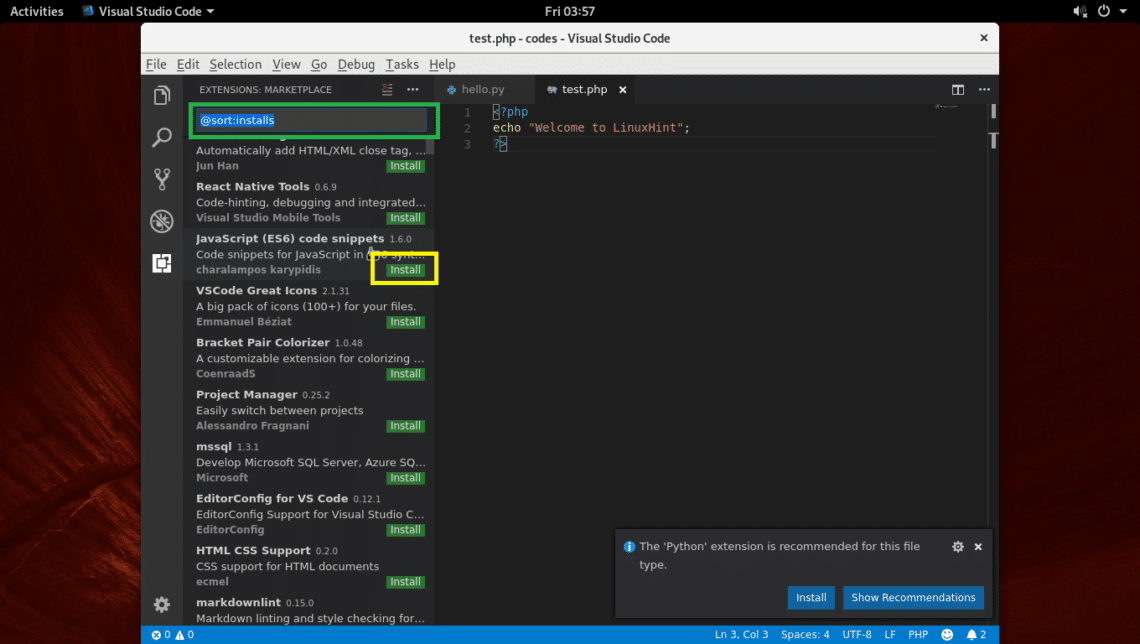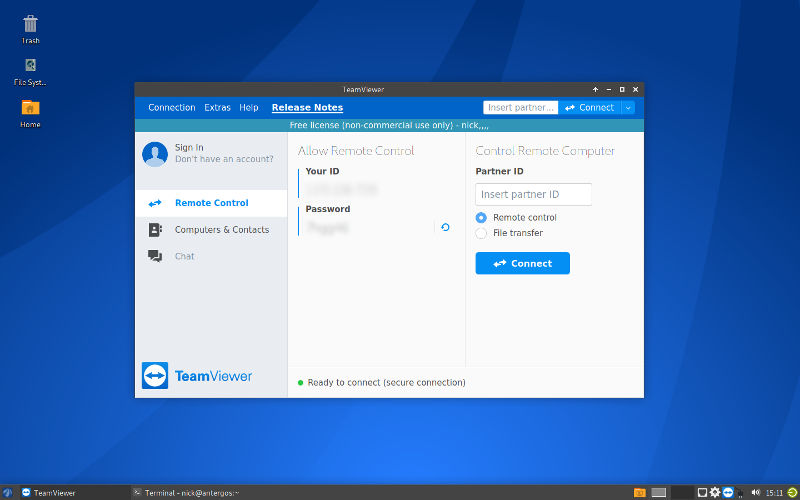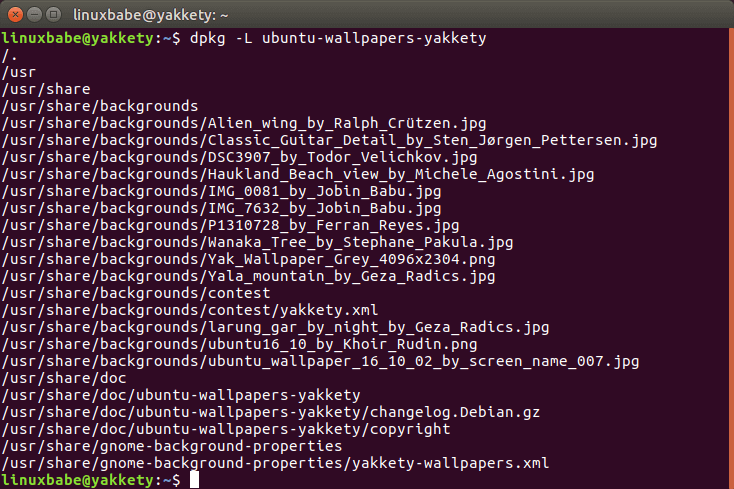
Sep 27, 2019 The following command will reveal if this is true: rpm - q package- name. To install a single package: yum - y install package- name. RPM was the most famous way of installing packages on a Red Hat based linux box, nowadays other distros are also using RPM to support their software, Suse and Mandriva fall in the zone. Linux Package Installer. This section describes how to install Privilege Management for Unix and Linux using a package installer for Red Hat Enterprise Linux (RHEL) 4 or 5 on an x86, x8664, ia64, or S/390 computer. Use the Linux package installation if you want to install Privilege Management for Unix and Linux using the Linux RPM package manager.
You do not need to stop any running Centrify process to perform the upgrade. While you do not usually need to restart Centrify processes or reboot your computer after upgrade, you may need to restart other processes that depend on PAM or NSS modules. Rebooting the computer after upgrade is recommended as a best practice.
It is best to install all Centrify packages simultaneously, if you are upgrading individual packages, however, you might see warnings from the package manager about package dependencies or version conflicts. If you see that a dependency is generated because of a package you have yet to upgrade, it is safe to ignore the warning.
Fresh installation using RPM
If you are performing a fresh installation on a Linux computer that supports the Red Hat Package Manager (rpm), you can install the packages individually. For example, to install the Centrify Audit & Monitoring Service package you would enter commands similar to the following:
The platform and architecture you specify in the file name on the command line should identify the specific operating system you are using, for example CentrifyDC-5.4.0-rhel4.x86_64.rpm or CentrifyDC-5.4.0-suse10.ia64.rpm. After the package manager updates the packages installed, you can optionally restart Centrify processes or reboot the computer.
You can verify the Centrify packages that were installed using the following command:
Upgrading existing packages using RPM
If you are upgrading an existing installation of an agent package on a Linux computer that supports the Red Hat Package Manager (rpm), you should add all of the packages you want to upgrade to a directory of your choice, and issue a single command similar to this:
Where my_dir is a directory that you specify.

Fresh installation using the Debian package manager
On a Debian, Ubuntu, or Linux MINT computer, the order that you install the core package depends on whether you are performing a fresh installation or upgrading an existing installation. Any Centrify packages other than the core packages can be listed after the core bundle in any order.
For example, to perform a fresh installation of the core authentication service package, you would enter commands similar to the following:

Upgrading packages using the Debian package manager
If you are upgrading an existing installation, the order of the core packages is different than that in a fresh installation. Centrify packages other than the core packages can be listed after the core bundle in any order.
For example, if you were updating all of the Centrify agents, you would enter commands similar to the following, noting that the packages in bold are the core agent packages, and must be entered in the order below:
Note: If you are upgrading the core agent package from version 5.4.0 or later, to any later version, you must include centrifydc in the list of packages to ignore. If you do not have centrifydc-nis, centrify-ldapproxy, or centrifyda installed, the --ignore-depends command for those packages is not necessary.

The platform and architecture you specify on the file name in the command line should identify the specific operating system you are using, for example centrifydc-5.4.0-deb7-i386.deb. After the package manager updates the packages installed, you can optionally restart Centrify processes or reboot the computer.
Install Rpm Package On Arch Linux Command
You can verify the Centrify packages that were upgraded using the following command: